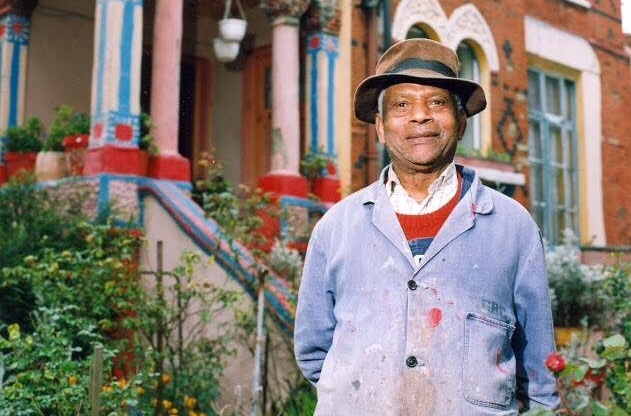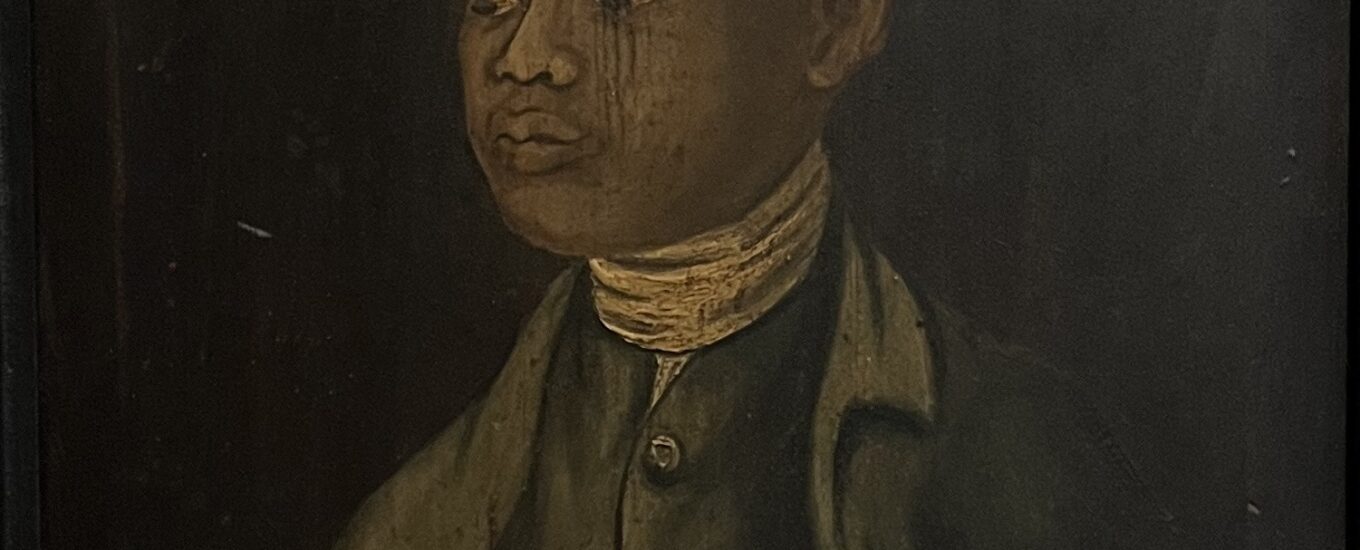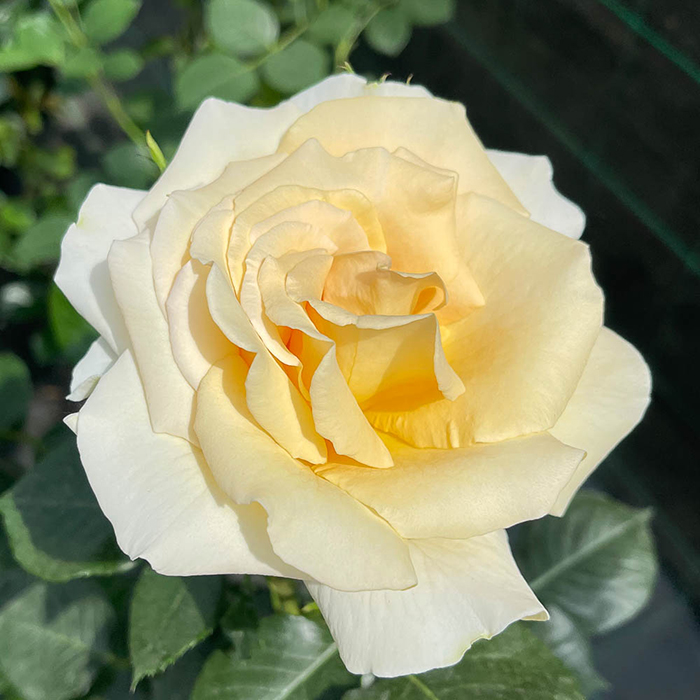John learned how to speak and write in both English and Welsh. Eventually, he learned horticulture, which he did “more or less perfectly”, becoming a gardener on the estate. However, John was also celebrated for his craftsmanship, being able to “turn his hand to almost anything he saw someone else do, such as making small boats, wooden spoons, wicker baskets etc”. As he grew, he became the talk of the town as “young ladies of the area doted on him…there was much rivalry between them to get John as a suitor”, something Dr Gwyn and I giggled about. He was considered “a very honest man, with no malice and was respected by the gentry and common people alike”. In his adult life, John would elope with the very woman who would – quite scaredly – provide him with food. Margaret Gruffydd was a maid at the Ystumllyn estate. Margaret would eventually move for work to Dolegellau and John – losing his post at Ystumllyn in the process – would shortly follow. Natalie Jones outlined to me the arduous journey that John would have to go through to be with Margaret. Currently, to get from Criccieth to Dolegellau on foot would take you 10 hours and 41 minutes, via the A470. The A470 was first built in 1922, with the modern iteration being built in the 70s. The journey would have taken John days, but he took it upon himself with glee. After Margaret also ran away from her duties in Dolegellau, they were married in the church in 1768. They worked as land stewards for a short while, before John would later get his position back at Ystumllyn. His best man was Griffth Williams, Eisteddfa, the son of the Vicar of Criccieth, which signals that this union wasn’t entirely frowned upon. For his long service to the Wynne Family, Ystumllyn was given possession of a cottage called Y Nhyra Isa/Nanhyran. Ystumllyn continued to serve a branch of the Wynne family near Newport, in Maesyneuoedd when he died from jaundice at the age of 46. How exactly did he end up here? Where did he come from? What is his legacy? How do we continue to view his life beyond the painting, which currently hangs in the Museum? In April, the painting will be heading to the British Library for their upcoming exhibition ‘Unearthed: The Power of Gardening’. I invite you to answer these questions with me when we say Farewell to John Ystumllyn on Tuesday 11 April: book tickets Special thanks to Zehra Zaidi, Andrew Green, Dr Marian Gwyn and Natalie Jones for their work and consideration towards John’s story. But for also taking the time to speak with me and share their knowledge and contributions around him. This portrait of John Ystumllyn is a central piece in our new ‘Black Gardening in Britain’ display in the museum, on temporary loan by kind arrangement of Anthony Mould.





